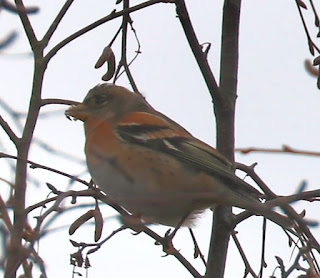An Ottertastic and Tawnytastic week at Yew View!
This week has been an exciting one for footage as the visits by the resident otters has increased greatly. We usually get one or two visits per week, usually by the male sprainting and leaving pretty quickly. This last two weeks have seen almost two visits, including two daylight visits; something we have not seen for a long time! It is wonderful to see this individual (a male I think) looking so good and healthy.


The most exciting footage, though, was this one clip of a female with two quite large cubs in tow. I was very excited to see this, as it shows conclusively that they are breeding on the Severn, They all look very healthy and it all bodes well for my new otter holt plans!
Otters are largely solitary mammals. The males and females only have close contact for courting and mating, after which the male plays no part in rearing the cubs, although I have filmed the male at this holt with the female and cubs. It is thought that breeding can occur throughout the year. There would be an obvious advantage in timing birth to the start of the most productive seasons of the year, when there is a lot of food available.
It is thought otter bitches can breed once every two years. After nine weeks of gestation, the bitch gives birth in a secure holt lined with grass, reeds, twigs and other vegetation. I am hoping to try to create a number of holts (with cameras of course) to try to create a suitable natal holt for a female to have cubs. A litter ranges from one to five cubs, but two or three are the norm. Born blind and helpless, the cubs are fully furred and at four to five weeks, the cubs’ eyes open. At about 10 weeks they begin to venture from the holt with the female. At seven weeks the cubs begin to take solid food, bought to them by the female. From about four months of age, the cubs accompany their mother on hunting expeditions and learn catch fish and other prey. They usually stay with her for about a year. Eventually, at around 12 months, the family splits up and the bitch begins her reproductive cycle again. The cubs will often stay together as they embark on life on their own and will usually stay in their mother’s territory for another few months until they gain confidence to travel further afield in search of a territory of their own.



The sizes of individual otter territories depend on the quality of habitat, amount of food and number of holt sites available. Dog otters have much larger territories than bitches and a dog otter may cover about 18km of the main river whereas a bitch may use about 11km. I am not sure why we have had so many visits recently. May be this female’s scent has attracted to make to the area and he is ensuring he is making his presence known!
This individual also checked out the holt, which has had mink visiting as well. The mink won’t stay around for long if these otters keep visiting.
After all that otter excitement, it was also lovely to see a Mandarin pair visit on a number of occasions.
Our tawny pair continue to be very active on site, with the female staying in the box daily and the male roosting in one of two other owl boxes we have on site. The outside camera does not have audio, sadly, but there is a lot of calling going on as the pair establish their bond…
The female returns to the box every morning just as it begins to get light……


If it has been a particularly good night of hunting, they will sometimes leave food in the box to be consumed at a later date….



Generally, the female sleeps all day, so I have a gazillion hours of sleeping owl footage! Sometimes, she does wake up and move around. Here she was looking at the rat bought in and was then distracted by a fly in the box! Isn’t she beautiful?!









I have captured her taking advantage of the kingfisher post this week, as well….
….and a chaffinch during the day. We have not seen the kingfisher on here for almost a year, although one was seen on site last week, at the other pool, so hopefully we will see them returning here soon.
The muntjac pair are still around as well.
Let’s hope the otters hang around for longer and we get that female back with her young ones!
from www.wildlifekate.co.uk https://wildlifekate.wordpress.com/2019/02/08/an-ottertastic-and-tawnytastic-week-at-yew-view/



Comments
Post a Comment